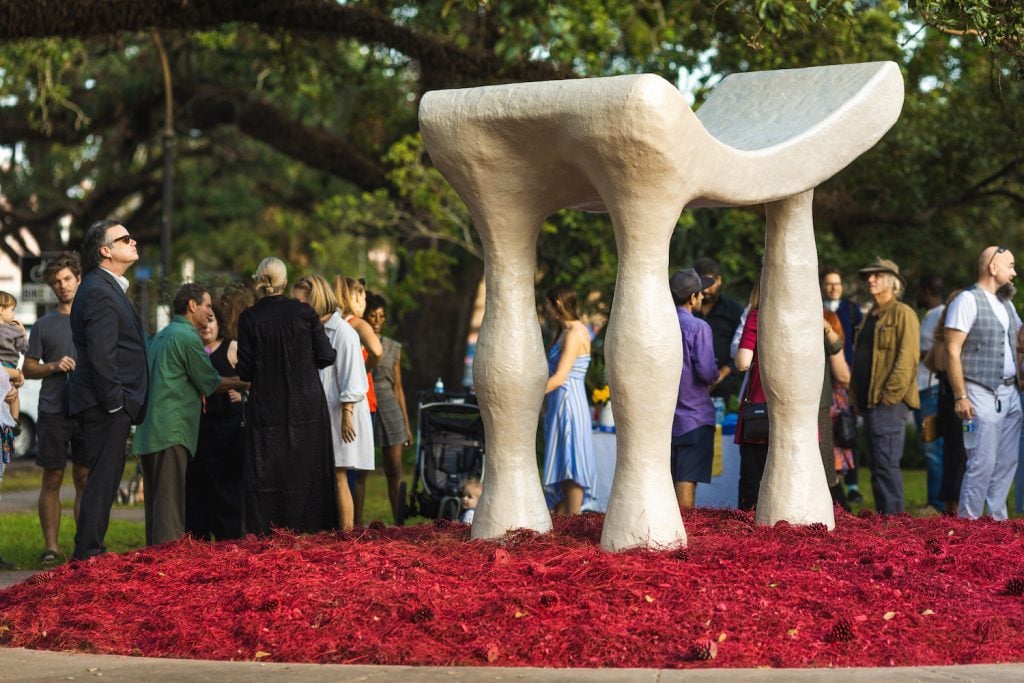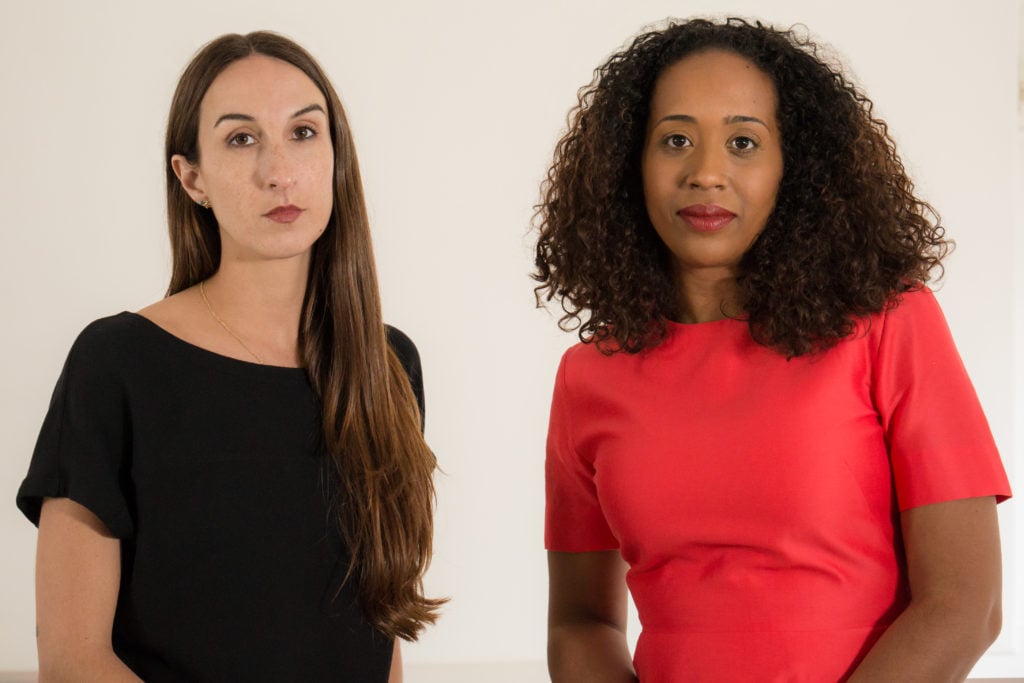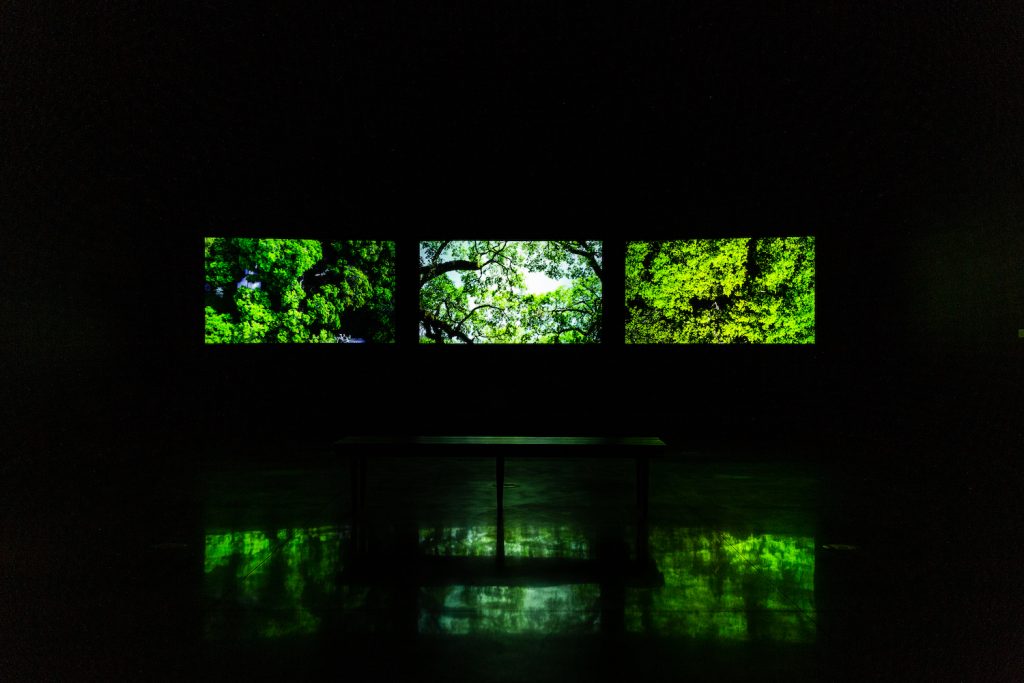On View
Prospect New Orleans Made ‘a Million Compromises’ to Open. Here’s How Organizers Pulled It Off Without Compromising the Art
The show overcame lockdowns, travel restrictions, supply-chain issues, and Hurricane Ida to make its debut.

The show overcame lockdowns, travel restrictions, supply-chain issues, and Hurricane Ida to make its debut.

Taylor Dafoe

Less than two months before the fifth edition of Prospect New Orleans was set to commence this past August, Hurricane Ida devastated the Louisiana city. The fate of the triennial—which was already postponed a year by the pandemic—was once again up in the air.
Looming over the dilemma was a kind of perverse irony. The show’s central theme is about how the cycles of the past shape the present, and Ida no doubt recalled another tropical storm, Hurricane Katrina, from which the inaugural Prospect triennial was born 13 years ago. And so organizers of this year’s event decided to push on, too.
“It became evident quite quickly that it was important for us to pursue the exhibition,” said Diana Nawi, who curated the show with Naima Keith. As with so many events canceled over the past year and a half, the city’s residents needed a “mark on the calendar.”
“What we’ve heard over and over again is how excited people are for Prospect to be open right now,” added Keith.

Diana Nawi and Naima J. Keith, the show’s curators. Courtesy of Prospect New Orleans.
The first slate of Prospect’s 50-plus projects opened last month, with more to come over the following weeks, including new work by artists Dawoud Bey, Dineo Seshee Bopape, and Nari Ward.
The slowed rollout wasn’t ideal, but the landscape of New Orleans’s venues changed dramatically over the last year. It was one of the many concessions Keith and Nawi were forced to make as they battled an onslaught of logistical obstacles. Travel restrictions limited site and studio visit opportunities, while supply chain shortages challenged the production of certain artworks. The show’s catalogue, meanwhile, was delayed for months at a shipping port.
“A million compromises were made, but I don’t feel that the show was compromised in the slightest,” said Nawi. “It’s a stronger, better show for everything that has challenged it.”
Most of the show’s participants evolved their contributions over the last year as well, some due to material considerations, others in the name of addressing the current political moment.

An installation of new work by Dawoud Bey Vistors on view in “Prospect.5: Yesterday we said tomorrow.” Photo: Jose Cotto.
Glenn Ligon’s neon sculpture listing the names of toppled confederate statues has been updated with new entries, for instance, while new artworks by Willie Birch and Celeste Dupuy-Spencer reflect the January 6 attack on the United States Capitol. (All three artists’ offerings will go on view at the Ogden Museum of Southern Art this week.)
For her part, Adriana Corral, who had planned to erect an inverted gravesite made of bulletproof glass, decided to reallocate her commission funds, donating the majority to mutual aid in New Orleans.
“I think the show is a really moving testament to what people are thinking about, what is important here in New Orleans, and how that reflects out to the larger nation and world at this moment,” said Nawi. It’s critical, she went on, “to bring people here and see what culture means, what the stakes of culture are here.”
“Prospect.5: Yesterday we said tomorrow” is on view now through January 23 at various locations in New Orleans.